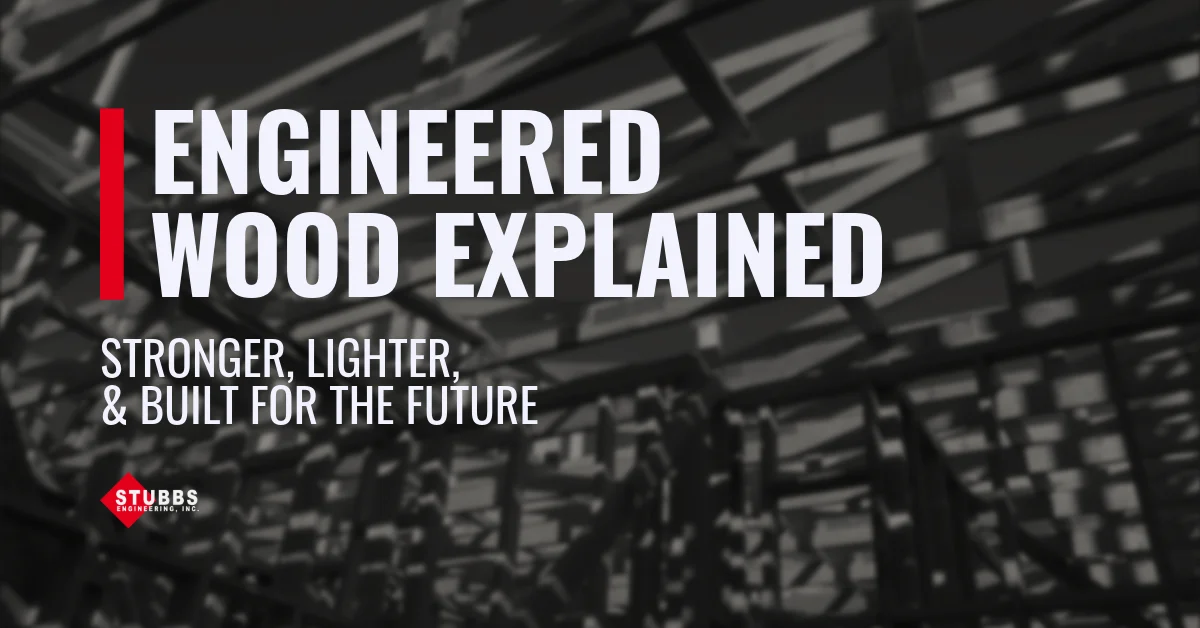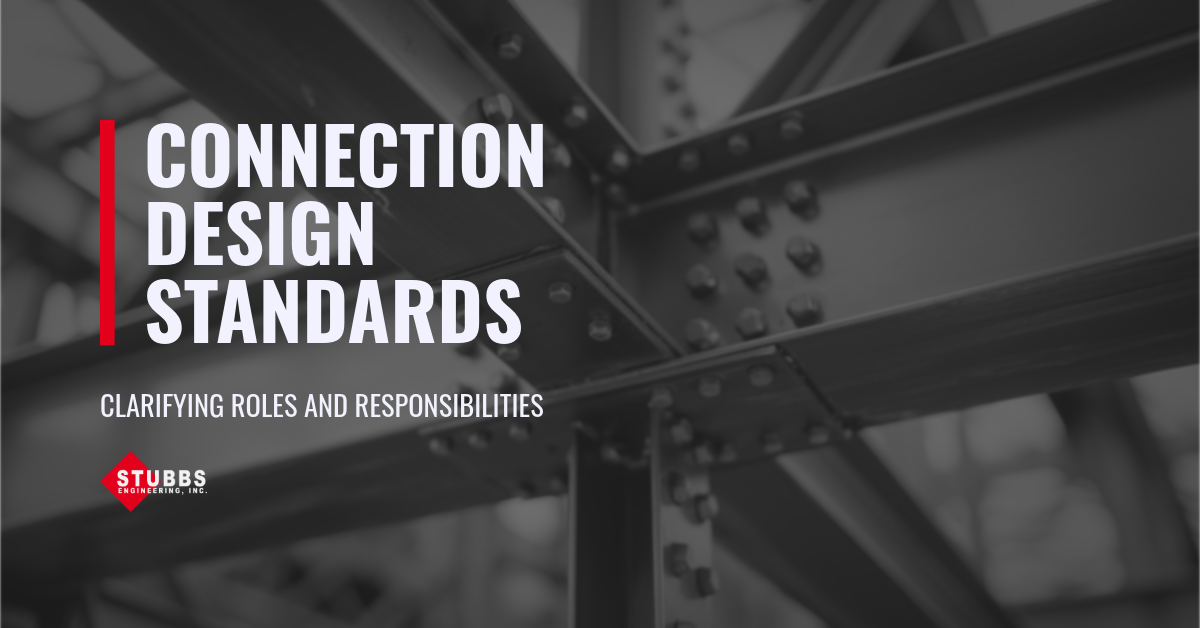
Introduction:
A Smarter Alternative to Traditional Lumber
Engineered wood isn’t just an alternative to traditional lumber. It’s often the smarter choice. With growing interest in sustainable and high-performance construction materials, engineered wood stands out as a dependable and versatile solution.
What Is Engineered Wood?
Engineered wood, also known as composite wood, is manufactured by binding wood strands, particles, fibers, or veneers with strong adhesives. The result? A range of products tailored to meet specific structural needs, often with better performance than solid sawn lumber.
Types of Engineered Wood Products
Explore five common engineered wood products used in construction:
- Laminated Strand Lumber (LSL): Made from fast-growing species like aspen or poplar, LSL combines wood strands with water-resistant resin for strength and durability.
- Parallel Strand Lumber (PSL): Composed of long veneer strands aligned in parallel, PSL delivers high strength, ideal for heavy floor beams and columns.
- Laminated Veneer Lumber (LVL): Thin wood veneers bonded together to create a product known for superior mechanical properties and resistance to warping, twisting, and shrinking.
- Glue Laminated Lumber (Glulam): Layers of timber bonded with moisture-resistant adhesives to form large, versatile components that can even be curved for innovative designs.
- I-Joists: Lightweight yet strong, I-Joists are perfect for long spans in floors and roofs, minimizing creaks and simplifying installation.
Benefits of Engineered Wood in Construction
Engineered wood offers numerous advantages over traditional lumber:
- Greater consistency in strength and performance
- Enhanced dimensional stability
- Lightweight components for easier handling
- Flexibility for modern design requirements
Why Engineered Wood Is a Sustainable Building Solution
Engineered wood makes use of smaller, fast-growing trees and wood scraps that might otherwise go to waste. By optimizing material use, it reduces forest impact while maintaining strength and reliability. Choosing engineered products contributes to more sustainable construction practices.
When to Use Engineered Wood in Your Next Project
If your project demands consistent strength, dimensional stability, and sustainability, engineered wood is worth exploring. Engaging your structural engineer early in the design process can ensure the right product is specified for the right application. This helps streamline construction and support long-term performance.
Let’s Build the Future Together
Have questions about using engineered wood in your next project? Reach out to our team to explore how these materials can help you deliver stronger, smarter, and more sustainable results.
Published by Stubbs Engineering. Dependable solutions. Innovative design.
other articles

We’re celebrating 15 years of engineering excellence, collaboration, and growth. This milestone wouldn’t be possible without our incredible clients and dedicated team who’ve shaped our journey from day one. Read more as we reflect on our achievements and look toward the next chapter.

This article breaks down how the AISC Code of Standard Practice (CoSP) clarifies the roles of the Engineer of Record, Steel Detailer, and Connection Engineer in connection design. It outlines the three primary design options, explains key provisions that ensure clarity and accountability, and highlights how consistent communication leads to safer, more efficient projects.

Learn how Seismic Design Categories (SDCs) affect every stage of a project, from design to construction and cost. This article explains the key factors that define your SDC and how early planning with your structural engineer can prevent costly redesigns and keep your project on schedule.
